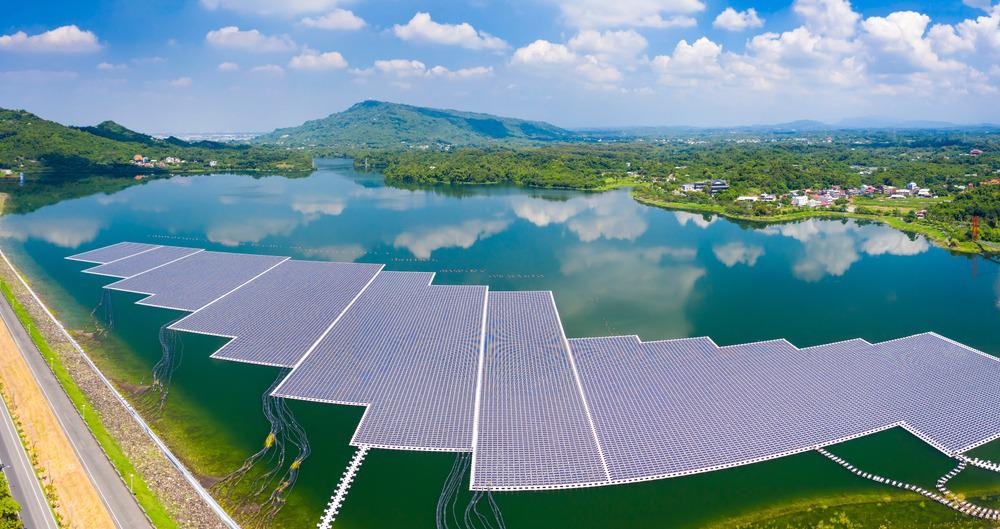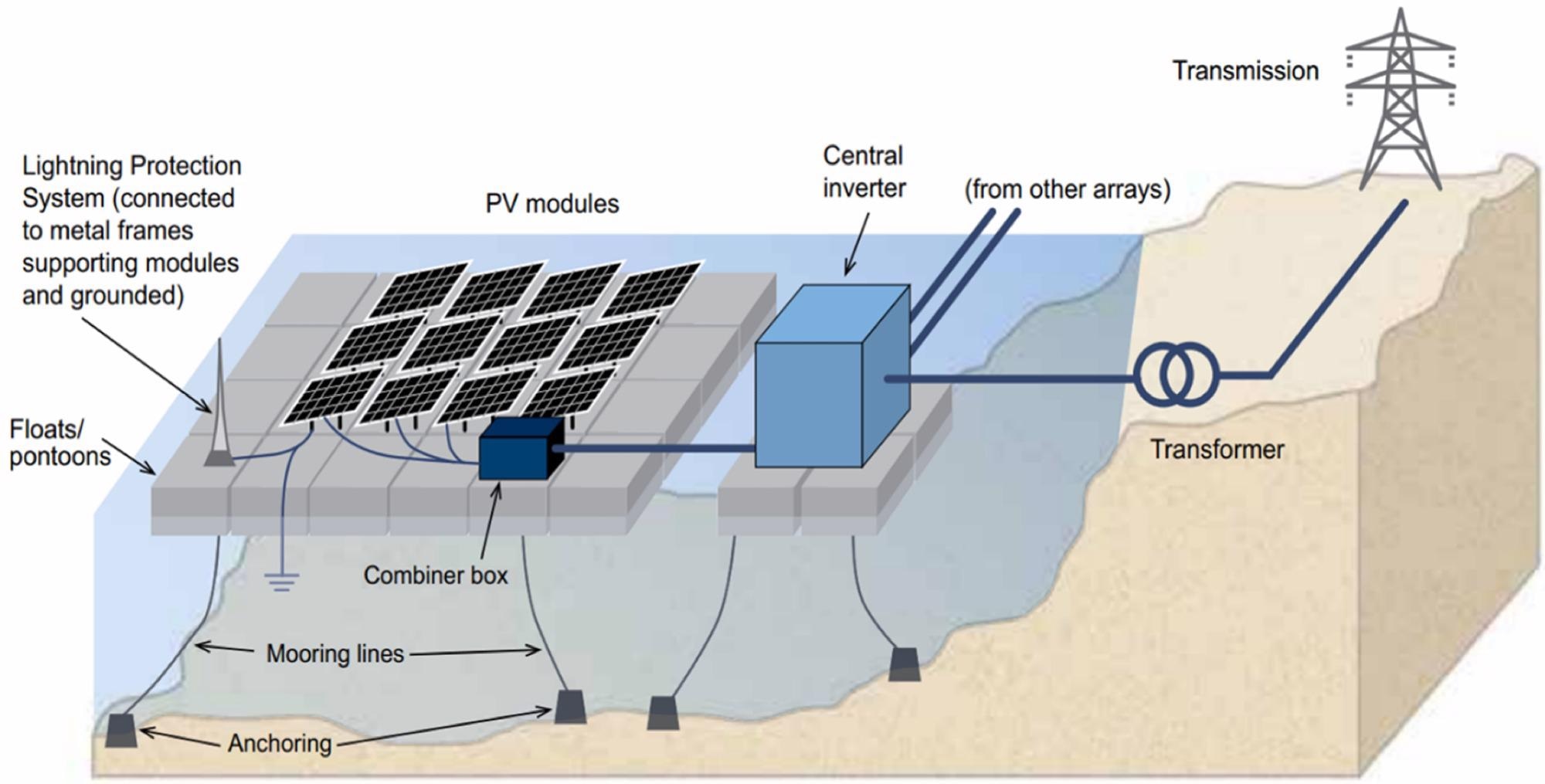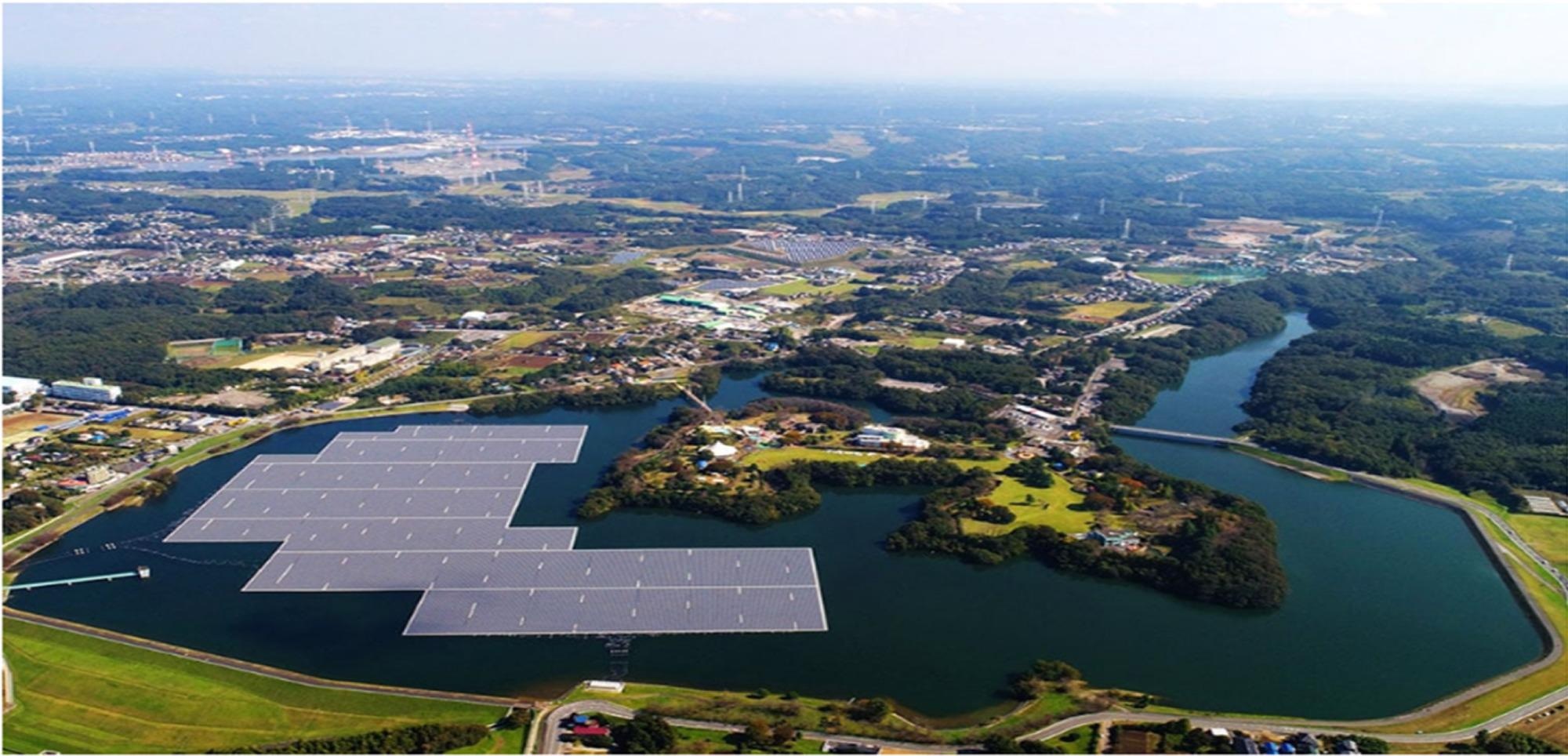 By Surbhi JainReviewed by Susha Cheriyedath, M.Sc.Feb 28 2022
By Surbhi JainReviewed by Susha Cheriyedath, M.Sc.Feb 28 2022In a review article recently published in the open-access journal Sustainability, the researchers discussed the recent progress in the power generation, environmental aspects, market potential, and challenges of floating photovoltaics (PVs).

Study: Floating PVs in Terms of Power Generation, Environmental Aspects, Market Potential, and Challenges. Image Credit: Tom Wang/Shutterstock.com
Background
One of the most pressing challenges in the 21st century is the provision of environmentally friendly energy. Limited fossil fuel sources, increased environmental concerns, and significant growth in electricity demand have necessitated large-scale solar energy harvesting.
Renewable energy sources (RES) are undeniably important in achieving cost-effective, long-term, and environmentally friendly energy generation on a worldwide scale. Solar PVs have made remarkable progress among renewable energy sources, particularly in the previous two decades. Solar-PV-based electricity generation is increasing at an exponential rate. Despite these advantages, solar PV technology faces some major problems that will limit the adoption of these systems.
Alternative solar PV systems are being considered in this regard in order to overcome the aforementioned limitation in practice. Floating PVs (FPVs) is one such option that can be called a new concept in solar energy harvesting. In places where land for constructing land-based photovoltaics is rare or expensive, FPVs offer a competitive edge. Water losses in any resource due to evaporation happening from water surfaces can be significantly reduced by employing FPV.
About the Study
In the present study, the authors presented a detailed review that delved deeper into floating photovoltaic power plants (PVPPs) in terms of energy generation, system efficiency, dependability, and sustainability, as well as experimental applications and operational facilities, water and carbon savings, and obstacles. Floating PV power plants were critically assessed in this review in terms of numerous performance-related elements, including electricity output, system efficiency, dependability, operation cost, sustainability, carbon and water savings, market potential, and obstacles.
The installation of floating PVs on water bodies was discussed, and their operation parameters were determined in terms of direct and passive cooling effects and higher power generation. The potential of floating PV power plants towards lower energy production costs and money-saving on land, especially in island countries like the United Kingdom, Taiwan, Japan, and the Republic of Korea, was illustrated.
The goal of this study was to highlight the advantages and disadvantages of deploying FPV systems to water bodies in terms of energy generating potential and environmental concerns. From this perspective, extensive comparisons of FPV and land-based photovoltaic (LBPV) were made across a range of performance characteristics, including energy production, carbon and water savings, and the quality of water basins when FPVs are installed.

Main system components of FPV applications. Image Credit: Cuce, E et al., Sustainability
Observations
In this study, based on their review of several studies, the researchers observed that the difference between conventional and solar power systems was narrowed by installing PV systems on the water bodies such as rivers, lakes, reservoirs, and ponds. It was also determined that as compared to traditional land-based PV systems, floating PV power plants outperformed them by more than 10%. Furthermore, they were found to reduce the evaporation of water from water bodies by roughly 70%.
Furthermore, it was shown that the world's largest FPV-power capacity floating power plant, erected in Anhui, China, had a payback period of less than seven years. The project was intended to reduce carbon emissions by about 199,500 tonnes per year. It was also anticipated by some studies that the electricity generated by this station would meet the energy needs of 94,000 people in urban and rural areas.
Several studies demonstrated that the impact of salt water on the modules of PV as well as the module performance was a critical issue that must be investigated. Corrosion, ribbon fatigue, and back sheet hydrolysis were among the known degradation parameters of floating PV systems that increased with temperature and humidity.
The authors observed in some of the studies that in floating systems, optimizing the tilt angle for PV modules had a significant impact on the system efficiency and annual electricity generation. Furthermore, it was observed in some studies that the solar tracking equipment could be used with floating PV systems to improve power generating performance. It was demonstrated in one of the studies that algae development was restricted in floating PV power plants due to reduced solar exposure which resulted in improved water quality.

Land-saving by large-scale FPV installation covering the water surface in Japan. Image Credit: Cuce, E et al., Sustainability
Conclusions
In conclusion, this study reviewed the recent development of floating PV systems. It was determined that thin-film PV cells, rather than traditional crystalline silicon PV cell technologies, may be preferable for use in floating PV systems that can survive harsh ocean environments.
The authors observed that for feasibility analyses of floating PV power plant projects, remote sensing techniques and geographic information systems, which are techniques for the monitoring and detection of physical characteristics by evaluating the radiation reflected or emitted from an area at a controlled distance, could be considered.
The authors emphasized that solar radiation and temperature data, snow load, maximum wind speed, cyclone, water current, and typhoon dangers must all be considered before floating PV power plants may be built in any region. They also highlighted that in floating PV power plants, anchoring cables must be inspected and maintained on a regular basis.
Disclaimer: The views expressed here are those of the author expressed in their private capacity and do not necessarily represent the views of AZoM.com Limited T/A AZoNetwork the owner and operator of this website. This disclaimer forms part of the Terms and conditions of use of this website.
Source:
Cuce, E., Cuce, P.M., Saboor, S., et al. Floating PVs in Terms of Power Generation, Environmental Aspects, Market Potential, and Challenges. Sustainability 14(5), 2626 (2022). https://www.mdpi.com/2071-1050/14/5/2626